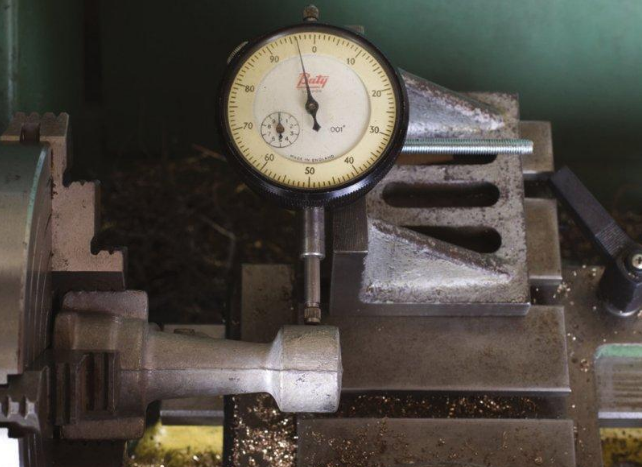CNC machined parts-Dial Test Indicators
There are two main types of dial test indicator: the plunger type dial test indicator, as its name suggests, works on a plunger principle, while the lever type dial test indicator has a stylus on the end. The lever stylus is usually ball-or pear-shaped
and is fixed to the dial test indicator with a friction fit, meaning that it can be moved up and down on the end of the dial test indicator through a wide arc to put it into the best position for use.
The plunger type dial indicator usually has a maximum plunger movement of ½in (12mm), but plunger movements of up to 2in (50mm) are available. The plunger type dial indicator is non-reversing and needs an adaptor to enable it to clock holes true. Instead of a stylus it has an interchangeable end, often with a ball fitted; various interchangeable ends are available or you can make your own. The lever dial test indicator has a much smaller range of travel: a range of 0.008in (0.2mm) is very common. It is usually either self-reversing (it moves when in contact with the work, depending on which way it is moving) or it may be re-
versed by using a lever on the side of the dial test indicator; both types are quite common. Since the stylus is delicate, combined with its limited travel range, you must be very careful not to break it.
A plunger dial indicator can be used as a direct readout of the travel and will be found to be very accurate. Owing to the relatively long travel, if you wanted perhaps to offset the centre of a bit of bar in the four-jaw chuck by 0.125in (3.18mm), this
can be done by turning the chuck by hand and setting the bar until the indicator travel shows 0.250in (6.35mm), which is 0.125in (3.18mm) offset. The lever dial test indicator is of no use for giving direct readings like this, but should be used as
a comparator where the reading taken is, for example, zero at all points of the travel.
The dial test indicator is usually mounted on a magnetic or vacuum base, but is sometimes fixed to a block that can be clamped to the lathe, most often on the cross slide. Sometimes the dial test indicator comes as a complete kit including
various mounting components.
